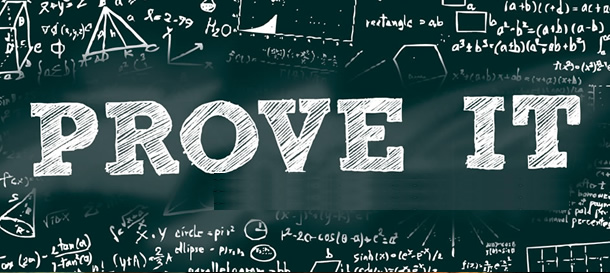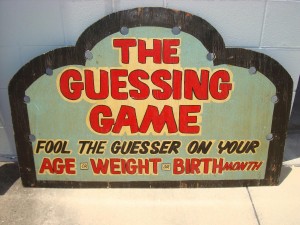The act of calibration is the imperfect scientific action that underlies the validity of the subsequent testing of unknowns. A scientific and properly conducted valid calibration action can possibly yield a valid result. A poor and improperly conducted calibration action will always result in non-validated results and maybe even invalid results.

Even within batch calibration still is imperfect. The best and the most that any calibration action can do is yield an indirect inference that the subsequent measurements were or are sound. This is where we come to the old analytical chemistry axion “You have to prove it before you use it, and then prove it again” meaning before you test unknowns, you have to prove that the machine used actually works and behaves in the manner expected and as designed to achieve possibly valid results, and then you have to test it after you use it on the testing of unknowns to see if the calibration can be verified. Calibrate, unknowns, and verification. Repeat. In analytical chemistry this is called bracketing. It is only if we properly bracket close in time to the testing of the unknowns, we can indirectly infer that at the time of the measurement that happened with the unknowns, we may have been correct. This is why calibration in essence is guessing with a high degree of confidence. This is why it is imperfect.

Bracketing is absolutely necessary in any analytical technique. The more frequently we bracket the higher the confidence we can have in our results and the lower the risk of being wrong exists.
This basic scientific notion is not fully adopted and is universal throughout forensic science.


